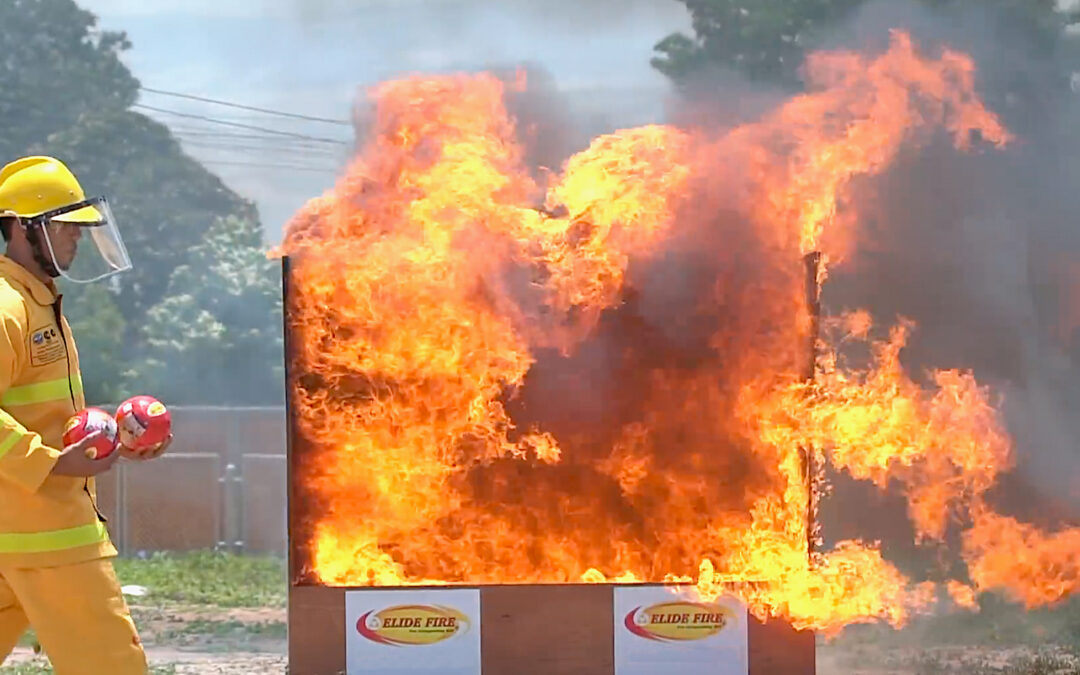The need for smart and simple fire fighting solutions is increasing in homes, offices, and industrial facilities to protect lives and ensure workplace safety. Among the modern innovations in this field are fire extinguishing balls, which have recently gained popularity as an easy-to-use and innovative method of fire suppression.
But the key question remains: Are they sufficient on their own to handle all types of fires, or do they work best when integrated with traditional systems like manual extinguishers or automatic sprinkler systems?
What Makes Fire Extinguishing Balls Special?
– Automatic activation: They activate immediately upon contact with flames – no human intervention required.
– Ease of use: No prior training or physical effort is needed.
– Wide coverage: When they explode, they disperse fire-retardant powder across several meters.
– Safe storage: They pose no danger to adults or children and can be placed openly in accessible areas.
– Long lifespan: They typically remain effective for up to five years with minimal maintenance.
When Are Fire Extinguishing Balls Enough on Their Own?
– Small or sudden fires, such as kitchen or electrical equipment fires.
-Homes and small offices without extensive sprinkler or extinguisher systems.
-Cars, boats, and small warehouses that need a quick, lightweight firefighting solution.
-Unmanned or remote areas (e.g., electrical rooms or storage areas) where direct human intervention is not required.
When Should They Be Combined with Other Fire Systems?
– Factories and large facilities: One fireball cannot cover large areas effectively.
– Residential towers and hotels: Require automatic sprinklers, alarms, and integrated evacuation plans.
– Warehouses with highly flammable materials, Such as chemicals or oils, where specialized foam.
– Airports and hospitals: Safety standards are stricter and demand multiple complementary systems.
Conclusion
Fire extinguishing ball are not a full replacement for traditional fire detection and suppression systems. However, they serve as a fast, automatic first line of defense against fires. They can operate independently in smaller spaces but are most effective when integrated into larger or high-risk environments alongside conventional fire safety systems.
The best approach is to assess the nature of the space and level of risk, then design a comprehensive fire protection plan that combines innovation (like fire extinguishing balls) with proven traditional methods.

